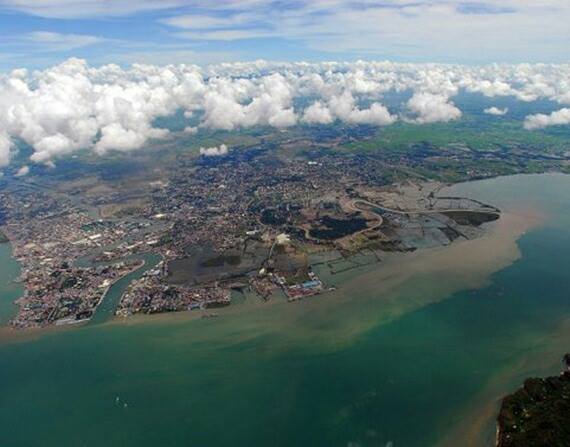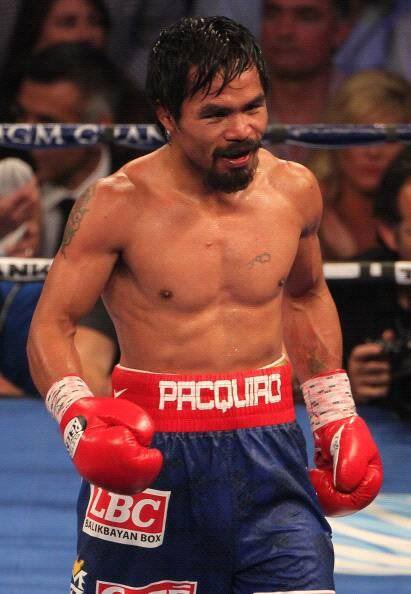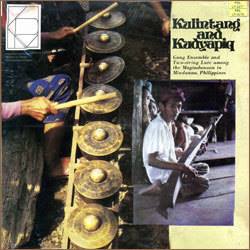Philippine Facts And Trivia Small land area but longer coastline The Philippine land area is just about 1/30 of the United States, but the Philippines has a total of 36,289 kilometers of coastline while the US has only 19,924 kilometers of coastline. The Oldest City Cebu City is the oldest city in the country. World’s most expensive seashell “Conus Gloriamaris” (‘glory of the sea’) is the world’s rarest and priceless seashell among the 12,000 seashell species found in the Philippines. And, among the 500 coral species worldwide, 488 are found in the Philippine seas. Born genius or hard worker? The Philippine national hero, Dr. Jose Rizal, is known to have started reading and writing at the age of 2; and he could speak 20 languages including French, Greek, Chinese, Latin, German, Cebuano, Tagalog, etc. The real karaoke inventor A Japanese person did not invent the karaoke but a Filipino – Roberto del Rosario. He first called his invention “Sing-Along-System” but the Japanese popularized it and called the ‘karaoke’ meaning ‘to sing without accompaniment’. Upside-down flag The Philippine flag is the only symbol on earth that will be hang or displayed upside-down when the country is at war (during ordinary or peace time the blue part is on top of the red one but upside down during war). Texting capital of the world Among the more than 35 million cell phone subscribers in the Philippines in 2006, there are about 350 to 400 million sms (short message service) was being sent daily. This is more than the total daily text messages that the US and Europe sent. Longest underground river system Saint Paul National Park of Palawan Province in the Philippines has the longest underground river system in the world that is accessible and navigable to humans. Philippines’ biggest wild animal The “tamaraw” is a species of the buffalo family that is similar to the Philippine carabao. It is considered the largest Philippine wild animal, and they are only found in Mindoro Province. The highest peak Mount Apo is a dormant volcano of Mindanao (Davao), at 2,954 meters high followed by Mount Pulog in Luzon at 2,928 meters high. Mount Apo is now becoming a popular tourist destination especially among mountain hikers and campers. The Philippines’ biggest city Davao City in Mindanao Island is the biggest city in the country with an area of 2,211 square kilometer. Metro Manila is about three times the size of Davao City. It is famous for durians (that stinky but delicious king of the fruits) and bananas, among other products and resources. Province that has the most cities Negros Occidental in the Visayas Islands (where Cebu is) has the most cities among the provinces in the Philippines. Negros is the popular producer of sugar products and tourism destinations. World’s longest religious holiday The longest religious celebration is the Christmas season in the Philippines. It starts on September 1st (you can hear Christmas songs, children caroling door-to-door, and see Christmas stars and decors everywhere, etc.). This season ends on the first week of January, that is, the feast of the Three Kings. Boondocks is a Tagalog term The English term ‘boondocks’ is a word from Tagalog word ‘bundok’ meaning ‘mountain’.
Other Information:
Juan Luna killed his wife and mother-in-law. He was later acquitted of his “crime of passion.”
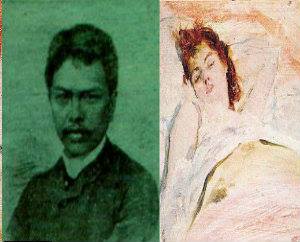
Cory Aquino’s favorite color was RED, not YELLOW
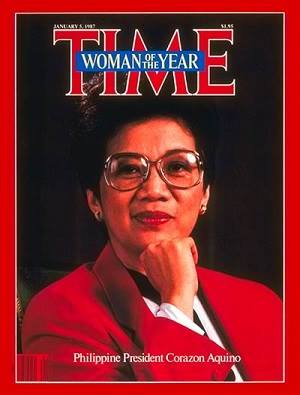
In 1992, Pepsi offered 1 million pesos to anyone who had a bottle cap with “349” printed on it. Turns out, half a million bottle caps got the winning number.

Major Archibald Butt, former military captain in the Philippines, died in the sinking of Titanic in 1912.
Aluling Bridge in Ilocos Sur took 35 years to complete.
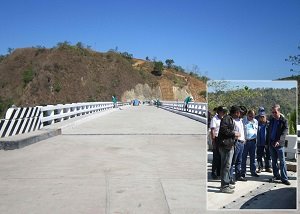
Jaz Cola, a beverage produced by The Coca Cola Company, was specifically made for the people in the Visayan Islands.

The first same-sex marriage in the Philippines was between two NPA members.
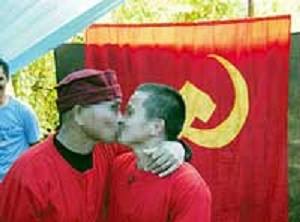
San Fernando City in Pampanga province created in 2002 the world’s largest Christmas lantern – a P5-million structure with 26.8 meters in diameter.

The longest bridge in the Philippines is San Juanico Bridge located in San Juanico Strait. This bridge connects the islands of Samar and Leyte in the Visayas.
One of the flag’s three stars did not represent Visayas. Technically speaking, the three stars represent Luzon, Panay, and Mindanao, and not Luzon, Visayas, and Mindanao, as we all know
The crime rate in the Philippines drops drastically during Pacquiao fights.
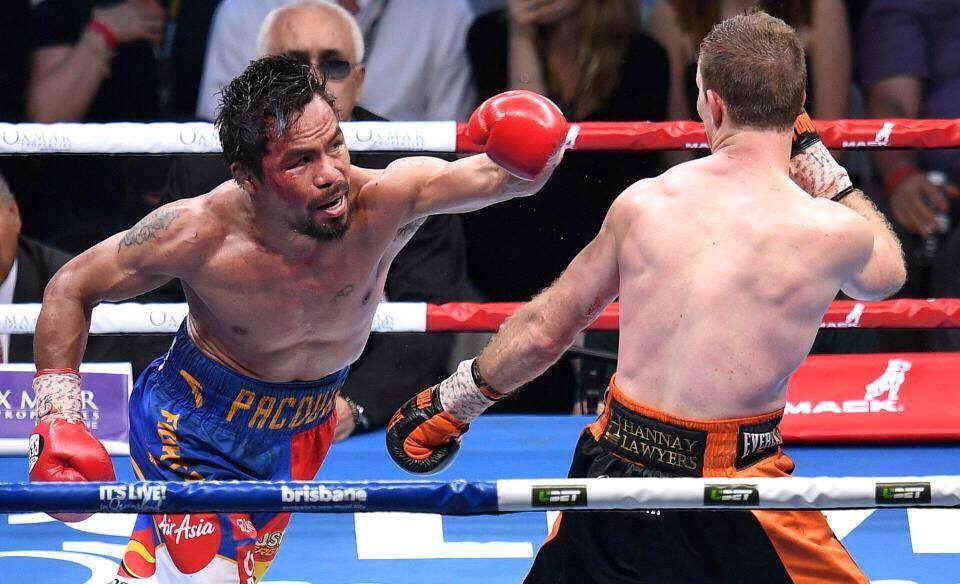
The Philippine Flag The Philippine flag holds the distinction of being one of the most unique in the world. What makes it so different is that one can know whether the country is in a state of war by the way the flag is flown. If the dominant color flown on top is red, that means the country is at war. Likewise, if it is blue, then the country is at peace. The idea for the modern Philippine flag’s design came in 1897 from General Emilio Aguinaldo, the de facto leader of the insurrection against the Spanish and the first president of the First Philippine Republic. Aguinaldo had signed a truce with the Spanish and underwent a self-imposed exile in Hong Kong. He presented the design to Marcela Agoncillo, her daughter Lorenza, and a young girl named Delfina De Natividad, who also happened to be the niece of national hero/martyr Dr. Jose Rizal. Together, the three sewed the flag, which was first flown on May 28, 1898, when Aguinaldo returned to the country to resume hostilities against the Spanish. Originally, the sun in the flag had a face, but this was scrapped in subsequent designs. The red and blue colors of the flag are rife with symbolism. Some historians have argued that the colors were influenced by the Cuban flag , where the people were also revolting against the Spanish, while others have asserted that the colors paid homage to the Americans who assisted in ending Spanish rule.

The Early Chinese And Filipinos Were BFFs The ongoing territorial conflict between China and the Philippines can be best described as a fight between David and Goliath, only right now David has no slingshot and Goliath has a lot of tanks and missiles. The best that the Philippines can do is hope and pray for divine intervention—or America. However, this potential powder keg for World War III obscures the fact that the Chinese and Filipinos were once the best of friends. The earliest known recorded contact between the two groups was in 982 AD—almost 500 years before the arrival of Magellan—when a boatload of Filipino merchants anchored off Canton, China and sold their goods there. After that fateful encounter, the Chinese sailed their own ships towards the Islands to trade with the natives, while some stayed behind and intermarried with the local women. They also taught the natives their language and instructed them how to manufacture items such as gunpowder and jewelry. The Chinese influence is still pretty evident on the Filipino way of life even today, with the nonchalant use of Chinese words and eating of Chinese cuisine. Now the question is, can the Philippines and China ever be the best of friends again?

A Dangerous Place For Journalists Sadly, one of the most democratic places in the world also happens to be one of the most dangerous for journalists. In its 2013 report, the Committee to Protect Journalists (CPJ) ranked the Philippines third on its Impunity Index, which is the number of unsolved journalist murders per population. The Philippines had a score of 0.580, or 55 journalists killed in a population of 94 million people. This score was bested only by Iraq and Somalia. It’s pretty surprising when you consider that the country isn’t even in a civil war, like Somalia, nor is it as insurgency-infected as Iraq. Even sadder is the fact that journalists continue to be killed today with increasing impunity. In 2013 alone, the police documented three murders of journalists , although that number could be higher. To put the depressing icing on the depressing cake, the wheels of justice circle ever so slowly for the families of those journalists killed in the 2009 Maguindanao Massacre , which was one of the worst mass murders of media personnel in history.

Freemasons Fought The Spanish Empire This was one conspiracy the Freemasons could not deny to have participated in, as several Filipino members figured prominently in the revolt against Spain in the late 18th century. Interestingly, it was the Spanish who first introduced Freemasonry to the Philippines in 1856, who were soon followed by other European nationalities. These lodges typically excluded the natives from joining and it was only in 1889 that an all-Filipino lodge was formed in Madrid. Filipinos who went overseas to study or avoid persecution joined Freemasonry mainly because it embodied the ideals of justice, freedom, and equality of all people. The secrecy and connectedness among the lodges allowed the Filipino members to share and spread their liberal ideas. A number soon returned to the country and set up lodges everywhere, which alarmed the Spanish authorities and especially the friars who demanded complete obedience to the church. Those suspected to be Freemasons were persecuted mercilessly. However, even the threat of torture and death did not stop the members from sharing their views for a democratic and just society. Soon, two schools of thought emerged within the confines of the lodge—one espoused peaceful reforms and reconciliation with Spain and was headed by Dr. Jose Rizal, and the other advocated violent revolution, which was led by Andres Bonifacio. Both had formed clandestine groups that closely followed the rituals of Freemasonry. When it became clear the Spanish were never going to implement peaceful reforms, Bonifacio and his group, the Katipunan, went ahead and openly revolted. Rizal—who had reservations about the revolution but tacitly supported it in the end—was later executed by Spanish authorities, which only served to inflame the revolutionaries even more.

Filipino’s also love boxing with a passion, and when their most famous native son, Manny Pacquiao, fights, it’s like a national holiday. In fact, Filipinos are so supportive of “PacMan” that every time he has a boxing match, the Philippine National Police report that street crime drops to zero in Metro Manila, and the same is true in most of the country. (Source)
Filipinos are crazy about basketball! You’ll see makeshift hoops erected on every street corner, young men commonly wearing NBA jerseys, and local teams playing in every community hall. Their professional league, The Philippines Basketball Association (PBS) is the second oldest in the world after only the NBA! In fact, a good number of players with U.S. college and NBA experience come to play in the PBA. (Source)
More than 52 Million people in the Philippines speak English, making it the fifth largest English-speaking nation behind the U.S., India, Pakistan, and the U.K
DICASALARIN COVE The Dicasalarin Cove is a secluded white sand beach in Baler, Aurora where the lush foothills of the Sierra Madre mountain ranges meet the Pacific Ocean. The fine stretch of white sand beach of Dicasalarin Cove provides a stark contrast to surrounding dark emerald forests that has been Aurora’s trademark. The Philippine coastline stretches to 18,000 km., fifth longest in the world. The country’s some 27,000 square kilometers of coastal waters are teeming with a dazzling array of marine life. Our marine habitats host an estimated 1,400 species of fish and crustaceans, more than 900 species of seaweeds, and at least 400 species of coral.
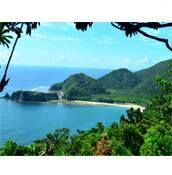
Did you know that kulintang music is used for a cure of the sick? “A special use of the kulintang applies to a cure of the sick bpagipat, the more complex of similar rituals among the Magindanaon… The music is a necessary part of the ritual… Many cures have been made… and the tradition persists, despite new beliefs introduced by Islam.” (From Gongs & bamboo: a panorama of Philippine musical instruments. Quezon City: University of the Philippines Press, 1998)









